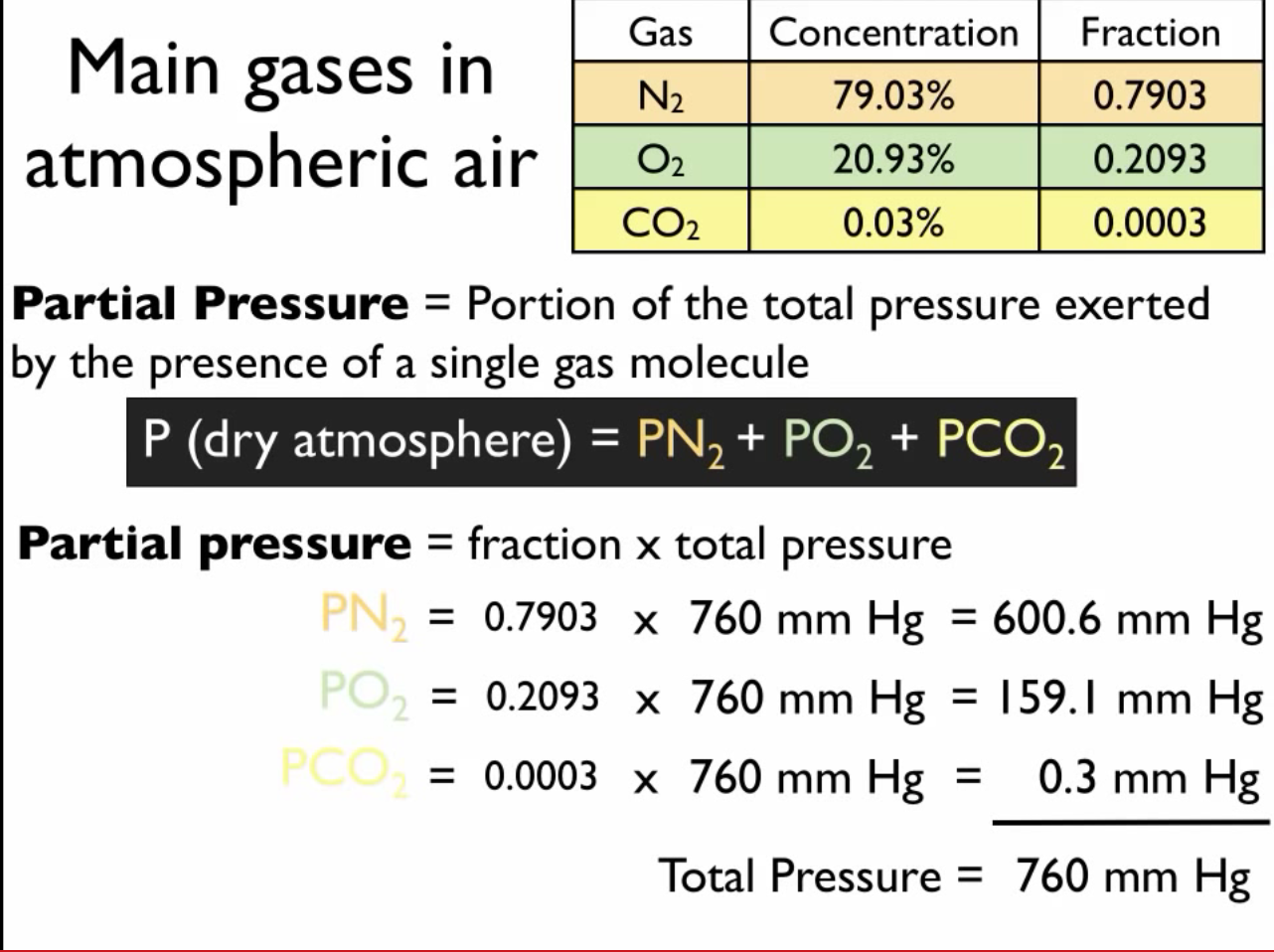 With OSHA’s change last week in how PSM applies to “mixtures” of HHCs I have received a number of questions about “partial pressure” and what impact it can have on whether my process is covered or not? EPA has been using “partial pressure” of 10 mm Hg for their mixture applicability rule since 1999, but there are a lot of PSM processes that are not covered by RMP and thus many OSHA PSM practitioners may not be intimately familiar with this term. Basically, now BOTH OSHA and EPA say that if an employer/owner/operator can measure or estimate (and document) that the partial pressure of the regulated substance in the mixture is less than 10 mm Hg, then we do not need to consider the mixture (even though the concentration of the HHC/EHS is >1% in the mixture). So this “partial pressure” exemption could exempt a process containing a mixture greater than 1% of the HHC/EHS from being covered by BOTH EPA’s RMP and OSHA’s PSM. For those who are not familiar with “partial pressure”, I found this EXCELLENT video explaining what partial pressure is and how to calculate the HHC/EHS’s partial pressure in your mixture. The professor uses atmospheric are at sea level to explain partial pressure (as shown in the image to the left). CLICK on Read More below for the video stream.
With OSHA’s change last week in how PSM applies to “mixtures” of HHCs I have received a number of questions about “partial pressure” and what impact it can have on whether my process is covered or not? EPA has been using “partial pressure” of 10 mm Hg for their mixture applicability rule since 1999, but there are a lot of PSM processes that are not covered by RMP and thus many OSHA PSM practitioners may not be intimately familiar with this term. Basically, now BOTH OSHA and EPA say that if an employer/owner/operator can measure or estimate (and document) that the partial pressure of the regulated substance in the mixture is less than 10 mm Hg, then we do not need to consider the mixture (even though the concentration of the HHC/EHS is >1% in the mixture). So this “partial pressure” exemption could exempt a process containing a mixture greater than 1% of the HHC/EHS from being covered by BOTH EPA’s RMP and OSHA’s PSM. For those who are not familiar with “partial pressure”, I found this EXCELLENT video explaining what partial pressure is and how to calculate the HHC/EHS’s partial pressure in your mixture. The professor uses atmospheric are at sea level to explain partial pressure (as shown in the image to the left). CLICK on Read More below for the video stream.
What the heck is “partial pressure” and how do I calculate it for my PSM/RMP mixture?

